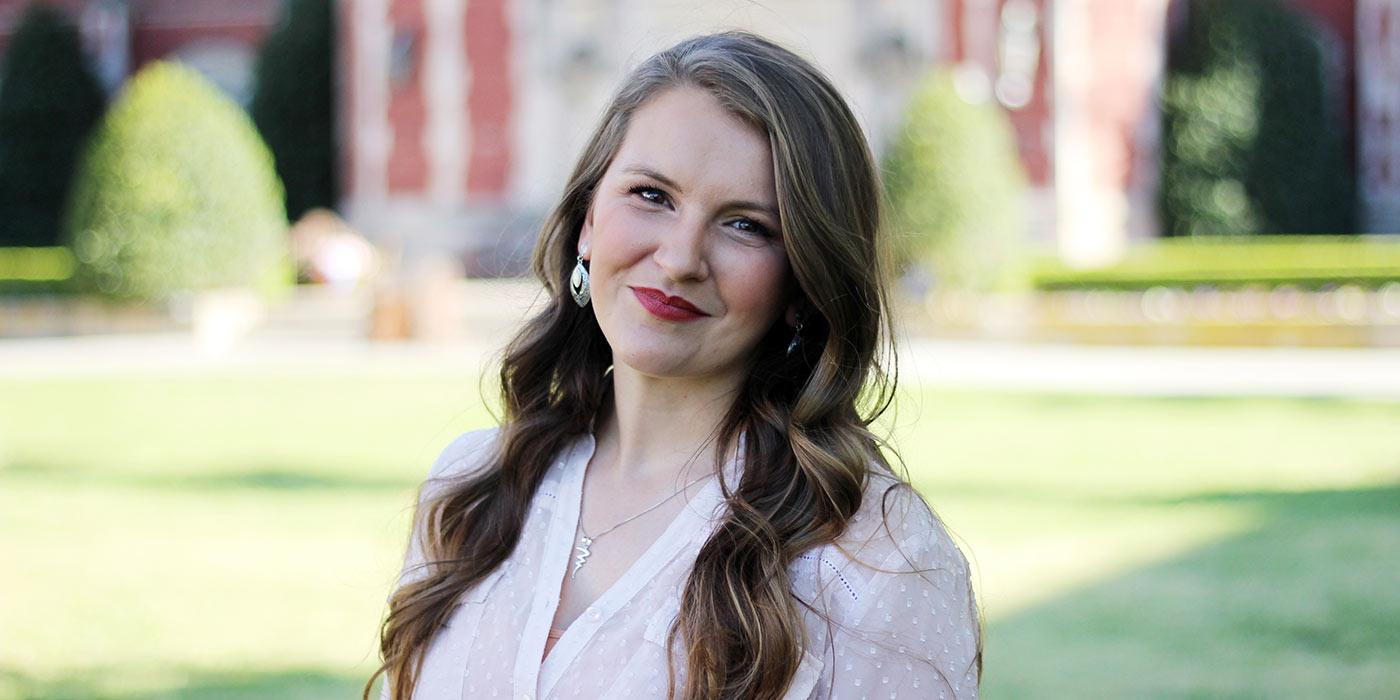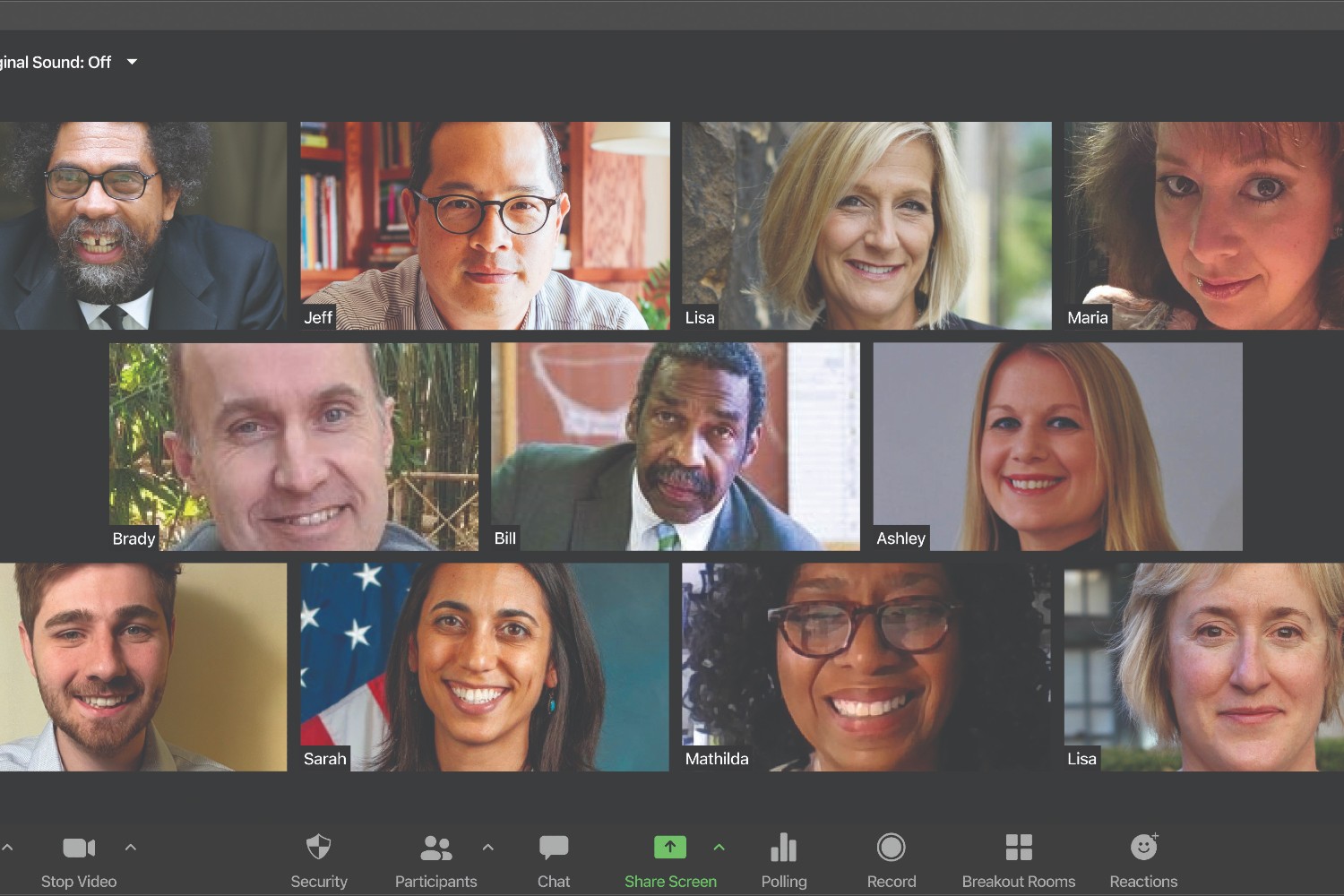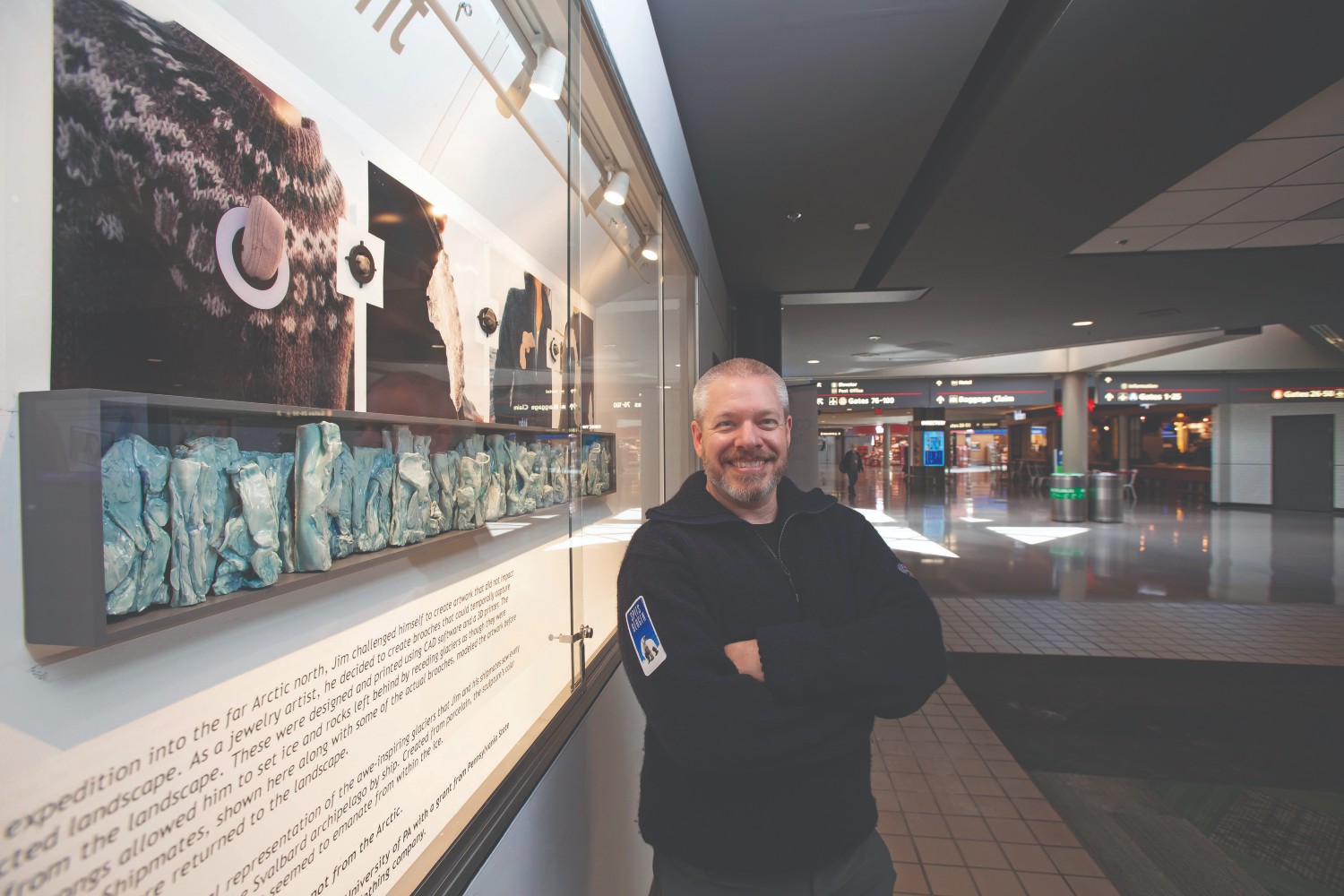Science for the greater good.
For Dr. Elizabeth Smith ’14, it’s the lofty benefit of a weather scientist’s dream job at the NOAA National Severe Storms Laboratory, in Norman, Okla.
Smith’s workplace is one of seven research labs at the National Oceanic and Atmospheric Administration. As part of the lab’s Forecast Research and Development Division, she collects and applies data to improve forecasting.
“I’m not a forecaster, but I am an observationalist,” she explains. “I go out into the field to collect data from storms to advance the science of meteorology and improve forecasts and warnings.”
As a Cal U student, Smith earned the 2012 Ernest F. Hollings Undergraduate Scholarship, which provides up to $9,500 per year for two years of full-time study and a 10-week, full-time paid summer internship at a NOAA facility.
She graduated with a meteorology concentration before pursuing her master’s and Ph.D. at the University of Oklahoma’s renowned meteorology program.
At NOAA’s Severe Storms Lab, Smith gathers and analyzes data from the part of the atmosphere closest to the ground. Better data ultimately means better forecasts and warnings from the National Weather Service, which is part of NOAA.
“We can get temperature, wind and moisture readings every minute,” Smith says. “That lets us understand how the environment evolves, how the storms move, and other variables that affect a forecast.
“Our warnings are very good; we average about 12-15 minutes (in advance). But in places like the Ohio Valley, we still have much to study with tornadoes and linear systems.”
Severe weather warnings can protect lives and property — but only if they’re taken seriously.
“It’s harmful if our warnings don’t come true, because that degrades trust,” Smith says. “The data can help to improve accuracy and decrease false alarms.”
The science is cool. Improving severe weather forecasts is even cooler, Smith says.
“Weather impacts lives in major ways. It is very fulfilling to apply my scientific knowledge and training in ways that improve the quality of life for people and society.”








